How to recycle waste car batteries
In the process of the development of new energy vehicles, there has been doubts about its environmental protection: "How many lands do the batteries of new energy vehicles have to pollute?" Indeed, as the number of pure electric vehicles keeps rising, there will be a large number of power batteries retiring. Recycling problems. We must know that a 20-gram cell phone battery can pollute 1 square kilometer of land for about 50 years. New energy vehicles with the title of energy conservation and environmental protection must not take the old road of “developing first, polluting, and rectifyingâ€. At the same time, Only "turning waste into treasure" can optimize the entire new energy industry chain. Fortunately, from the policy to the industry as a whole, more and more attention is paid to the issue of power battery recycling. We mainly look at the current status of power battery recycling from three perspectives: market size, policy management, and car enterprise layout: 1. After 2018, new energy vehicle power batteries will enter large-scale decommissioning, and it is estimated that by 2020, it will exceed 200,000 tons. â—†In 2018, it will enter the small peak of power battery decommissioning According to the data given by the Ministry of Industry and Information Technology, China, as the world’s largest production and marketing country for new energy vehicles, has experienced an annual increase in the production and sales of power batteries, and the recycling of batteries is imminent. As of the end of 2017, it has cumulatively promoted more than 1.8 million new energy vehicles and assembled approximately 86.9 GWh of power batteries. Industry experts comprehensively measure the period of warranty, battery cycle life, and vehicle use conditions. After 2018, new energy vehicle power batteries will enter large-scale decommissioning. It is estimated that by 2020, the cumulative total will exceed 200,000 tons (24.6 GWh). According to 70%, it can be used again in other fields, and the remaining 60,000 tons of batteries need to be disposed of. If the battery is not fully recovered, it will not only cause waste of resources, but will also bring tremendous environmental impact and potential safety hazards to the community. For the disposal of decommissioned power batteries, "step-by-step utilization" and "removal and recovery" are widely recognized as two approaches. Retired power batteries have been tested, screened, and reorganized, and are still capable of being used in areas where operating conditions such as low-speed electric vehicles, backup power supplies, and power storage are relatively good and require low battery performance. After the batteries are completely discarded, they are dismantled and recycled, precious metals, chemical materials, and by-products can be separated and refined, and they are again supplied as raw materials. After the batteries are completely discarded, they are dismantled and recycled, precious metals, chemical materials, and by-products can be separated and refined, and they are again supplied as raw materials. Usually, aluminum alloy shell, copper powder, rubber, plastic, stainless steel, etc. have a recovery rate of 95% or more, and lithium iron phosphate, aluminum powder, graphite, etc. have a recovery rate of 90%-93%. â—† Policy blessing is the most critical During the two sessions this year, several representatives put forward proposal proposals on power battery recycling or made suggestions during the interview. The policies introduced successively also caused the industry to pay attention to and pay attention to the issue of power battery recycling. From the macro blueprint, to a series of specific management requirements, technical standards, and promotion of pilot programs, the power battery recycling policy system is gradually improving. Through carding, we can find that the government’s continuous support mainly focuses on three aspects: first, improve the technical standards, achieve the standardization and standardization of the whole life cycle of the power battery; second, refine the management requirements, and spur the power battery through such rigid means as mandatory. Recycling management standard system construction. Third, strengthen market guidance and promote the formation of recycling markets through subsidies and other flexible means. In the next step, the country will continue to promote the development and policy of the power battery recycling industry by accelerating the construction of a standard management system for power battery recycling, standardizing the management system (backtracking management, cascade product management, and scrapping), and introducing incentives for power battery recycling. The system is perfect. â—†Responsibility for the recovery of the responsible party According to regulations, car companies must assume the main responsibility for battery recycling, but in the face of the relatively small scale of the new energy vehicle market, many OEMs are still preparing for pre-sales services. For new issues such as the recycling of power batteries, There are not a lot of related layout actions. There are only a few representatives who “try firstâ€. 1, build a battery recycling closed-loop: BYD BYD is currently the only self-developed battery company in all new energy passenger car companies. Recycling is basically done by oneself. The battery recovery channel mainly relies on authorized dealers. When customers request or scrapped vehicles need to replace the power battery, the dealer will take out the power battery from the vehicle body and deliver it to the BYD battery factory for preliminary inspection. If the recovered battery can continue to be used, it will undergo the next inspection and repair, and it will continue to be used in the fields of home energy storage or base station backup power supply. If the battery can not be reused, it will be transported to relevant departments of BYD Battery Materials Factory for recycling. In contrast, BYD owns the most complete battery recycling chain among domestic new energy car enterprises. It is worth mentioning that BYD already has a plan to split the power battery business, and has contacted with Great Wall, Beijing Automotive New Energy, GAC New Energy and other car companies. It is expected that some batteries will be sold externally as soon as 2018, and its power battery Recycling business is also likely to be open to the industry, which will greatly help the company's future utilization of battery products and improve overall capabilities. 2. Photovoltaic storage power station combined with power exchange mode: Beiqi New Energy, Weilai Automobile The recycling of the battery will not be an isolated block. BAIC New Energy is trying to use the “change mode†to efficiently utilize the flow of all aspects of the power battery. The current replacement station adopts an intelligent micro-grid system of “changing power + energy storage + photovoltaicsâ€. Energy-storage equipment recovered from decommissioned batteries uses photovoltaic power generation, the State Grid Peak Valley Power, etc. to power the vehicles. The advantage of such a layout is mainly the separation of vehicles and electricity. The battery can be maintained, checked, recycled, reused, and updated by the operator anytime anywhere. According to Beiqi New Energy's plan, by 2022, it will invest 10 billion yuan to build 3,000 light storage and replacement stations across the country, and the use of ladder-level energy storage batteries will exceed 5 Gwh, equivalent to the battery capacity of 15,000 electric vehicles. In addition, emerging vehicle makers such as Weilai Automobile are also exploring the "change mode" and integrating the use of power batteries into the company's long-term development strategy. In May last year, Weilai Automobile and Wuhan Donghu High-tech Zone officially signed a cooperation agreement, and the cooperation project included “Energy Internet Business Based on Power Battery Lay Energy Storageâ€. 3. Directional alliance recovery: SAIC, BMW Brilliance, etc. Basically, all car companies have to find professional partners to solve the problem of battery recycling. The latest example is the cooperation between SAIC and Ningde. In March this year, the two parties signed an agreement to jointly promote the recycling of new energy vehicle power batteries. This is the second “marriage†between SAIC and Ningde times. In 2017, two battery joint ventures have been announced. Although no more detailed information has been disclosed, this time, the cooperation has been interpreted by the outside world as the “recovery and utilization of power batteriesâ€. Bit." As the earliest foreign-funded enterprise to promote new energy vehicle business, BMW's German rigorousness is also reflected in the early deployment of power battery recycling, starting with the preparation of battery recycling from the vehicle planning. Zino Project is still in its infancy, when Brilliance BMW found a battery recycling company Bump Group to discuss the standards and procedures for the safe disposal of power batteries. In November 2015, BMW Brilliance Automotive reached a formal commercial cooperation with BNP Group for the battery recovery of ZINORO 1E. All ZINORO's 1E waste power batteries will be dismantled and recycled by Bangpu to realize efficient and green directional recycling. At present, China's largest power battery recycling cooperation is an alliance between 16 companies and China Tower. In January 2018, 16 complete vehicles and battery companies such as Changan, BYD, and Yinlong New Energy entered into a cooperation with China Tower Corporation, a major player in power battery recycling. The China Tower began construction of decommissioned battery ladder test sites in 2015, covering various operating conditions such as backup power, peak load reduction, and microgrid. The decommissioning power battery has great prospects in the utilization of the communication base station. The total demand for energy storage batteries in the China Tower is about 146 GWh. The replacement of the existing storage station and the new storage power station require a total of about 25 GWh of battery per year. Only quantitative analysis is required, as long as the tower communication base station stores energy. The battery replacement and the new station all use the power battery used in the ladder to absorb more than 80% of the used power batteries in 2020. 4, foreign case reference: Tesla et al Compared with the domestic market, the majority of foreign battery recycling projects are dominated by vehicle manufacturers, and they are concentrated in small and medium-sized home storage, industrial and commercial energy storage, or small-scale microgrid applications. For example, Nissan Motor Co., Ltd. and Sumitomo Co., Ltd. jointly established 4R Energy Energy Co., Ltd. in 2010 to implement cascade utilization of Nissan LEAF electric vehicles' spent batteries and develop home and commercial energy storage products. Other similar projects include: In 2017, Mercedes-Benz cooperated with recycling companies and used smart decommissioned battery ladders to the grid service energy storage facilities. In 2015, the Bosch Group, BMW and Wattford used the batteries decommissioned from BMW's pure electric vehicles to build a large-scale photovoltaic power station energy storage system in Berlin. GM and ABB teamed up to use the decommissioned Chevrolet cell ladder for home and small commercial backup power, as well as peak cut and valley filling for renewable energy generation. Tesla’s approach differs. Tesla is more inclined to adopt direct dismantling and recycling of raw materials for decommissioned power batteries, according to the behavior and comments of its executives that set up battery recycling companies. Tesla has its own energy storage product business, using a new battery produced by the Gigafactory. Tesla also has a battery dismantling and recycling planning and equipment production line, and builds a new battery recovery project that is independent of the Tesla brand. Apart from supplementing Tesla's business, it does not rule out future recycling for the whole industry. The battery may be. Edit Comment: The recovery and utilization of power batteries is still in its infancy. Policies have only begun to introduce specific regulations and measures since 2016, and the establishment of a standard system can be described as very urgent. As the main responsibility of the car enterprises, only the “recycling channel outlets†rarely see clear and open information. For the entire recycling system, obviously there are still many preparations to be done. In addition to breakthroughs in key technologies, the future recovery of power batteries must be a complete industrial chain model through mutual cooperation between vehicle manufacturers, battery companies, material companies, ladder utilization companies, and recycling companies. Types of plate heat exchangers Swep Plate,Ss304 Heat Exchanger Plate,M30 Plate For Heat Exchanger,304 Steel Heat Exchanger Plate Liaoning LotusNine International Trade co.,ltd , https://www.lj-heatexchangers.com
2. The policy will start from 2016 and become more and more rigorous. It will focus on technical standards, industry management, and market guidance.
3, car companies to assume the main responsibility for battery recycling, but at present except for a few first to try first, most of the lack of appropriate preparations. 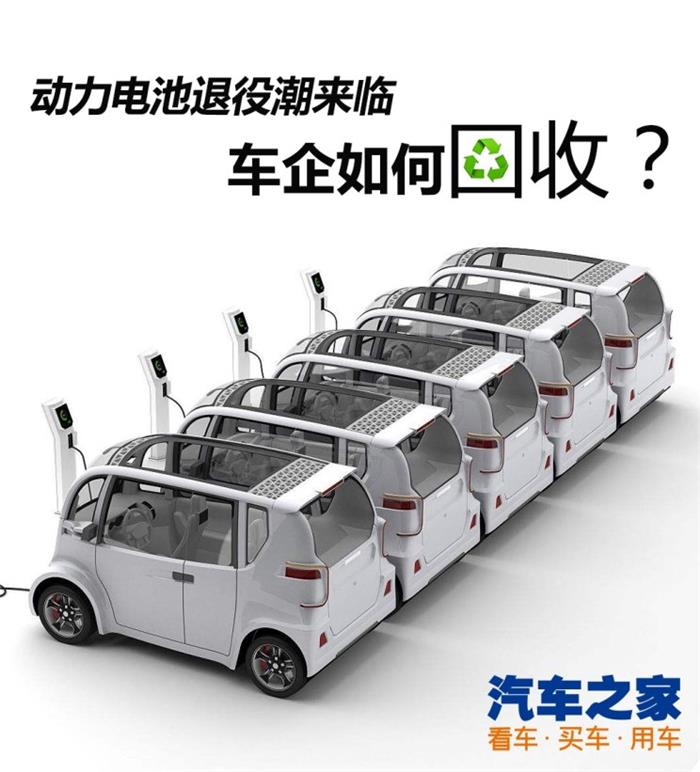
![]()

![]()
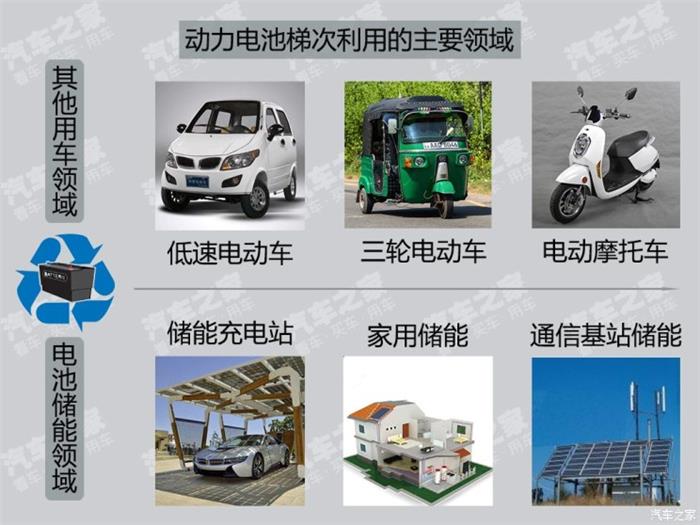
![]()
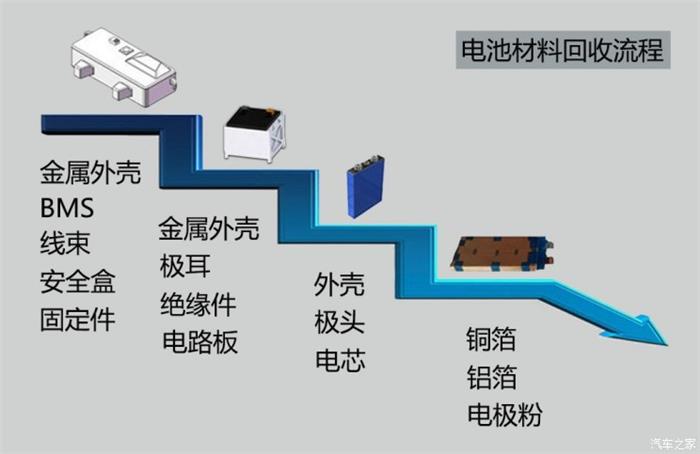
![]()
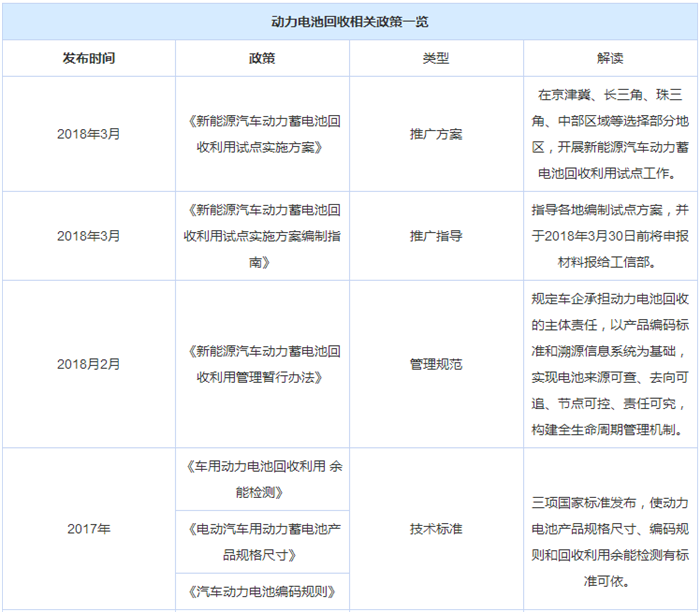
![]()
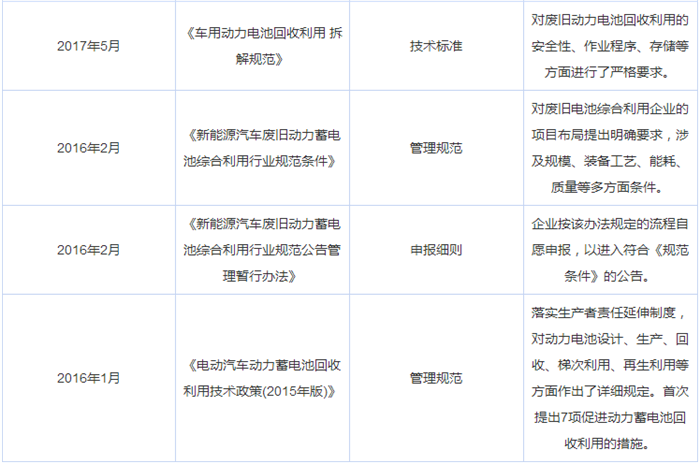
![]()

![]()
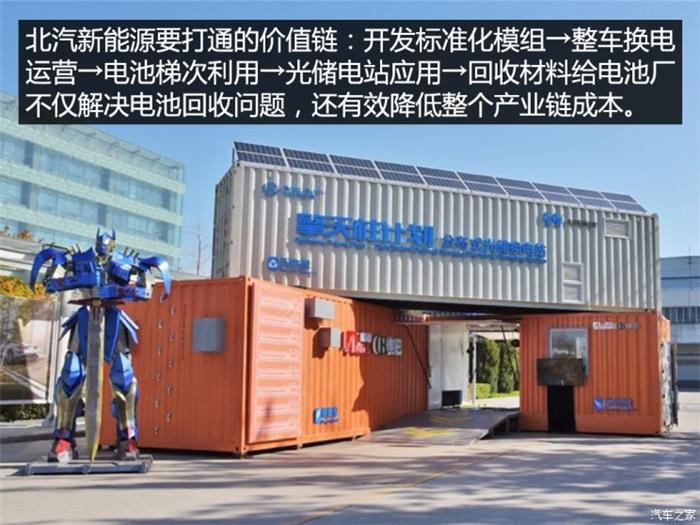
![]()
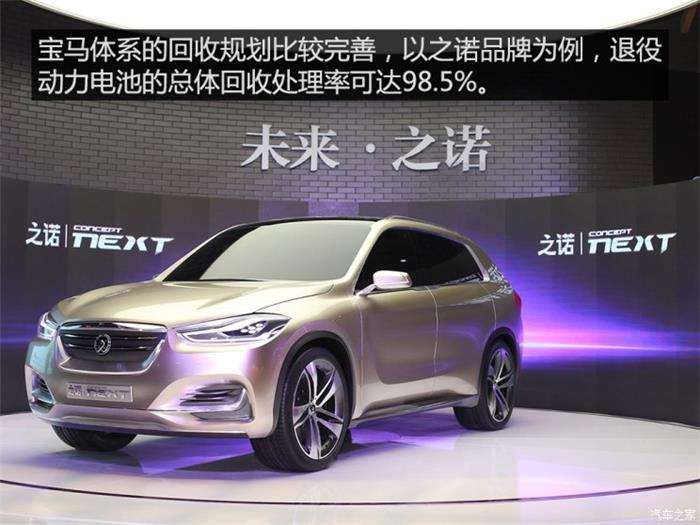
![]()
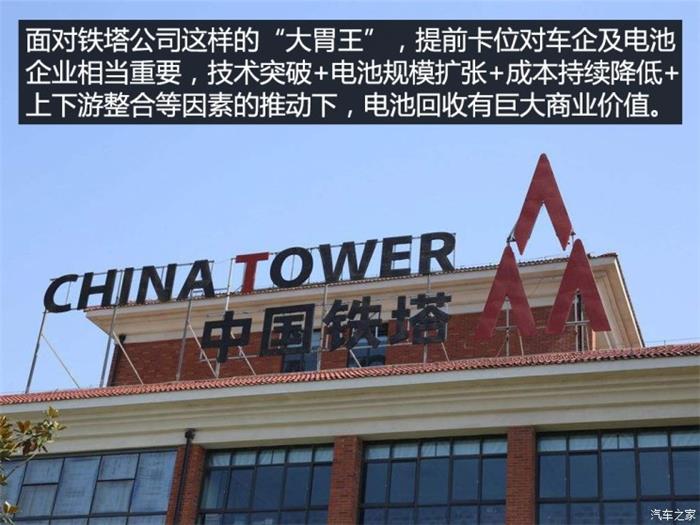
![]()

![]()
There are four main types of plate heat exchangers:
Gasketed plate heat exchangers use high quality gaskets and design to seal plates together and protect against leaks. Plates can easily be removed for cleaning, expansion, or replacing purposes, drastically reducing maintenance costs.
Brazed Plate heat exchangers are used in many industrial and refrigeration applications. Due to stainless steel plate composition with copper brazing, they are highly resistant to corrosion. Brazed Plate heat exchangers are efficient and compact, making them an excellent economic choice.
Welded plate heat exchangers are similar to Gasketed plate heat exchangers, but instead the plates are welded together. They are extremely durable, and are ideal for transferring fluids with high temperatures or corrosive materials. Since the plates are welded together, mechanical cleaning of plates is not an option as with Plate And Frame Heat Exchangers.
Semi-Welded plate heat exchangers feature a mixture of welded and gasketed plates. They contain pairs of two plates welded together which are then gasketed to other pairs, therefore one fluid path is welded and the other fluid path is gasketed. This results in a Plate Heat Exchanger that is easy to service on one side and able to transfer more intense fluids on the other. Semi-Welded heat exchangers are perfect for transferring expensive materials since they have a very low risk of fluid loss.
Quality spare parts and cost effective, reliable service for plate heat exchangers worldwide
LianJiu offer a wide range of top quality gaskets for most plate heat exchangers, as well as high quality plates.
LianJiu is also specialized in servicing all makes of plate heat exchangers. For example Alfa-Laval, APV, Cetetherm, Pasilac, Tranter, Hisaka, Fischer, Schmidt-Bretten, Vicarb, GEA, ReHeat and Swep.